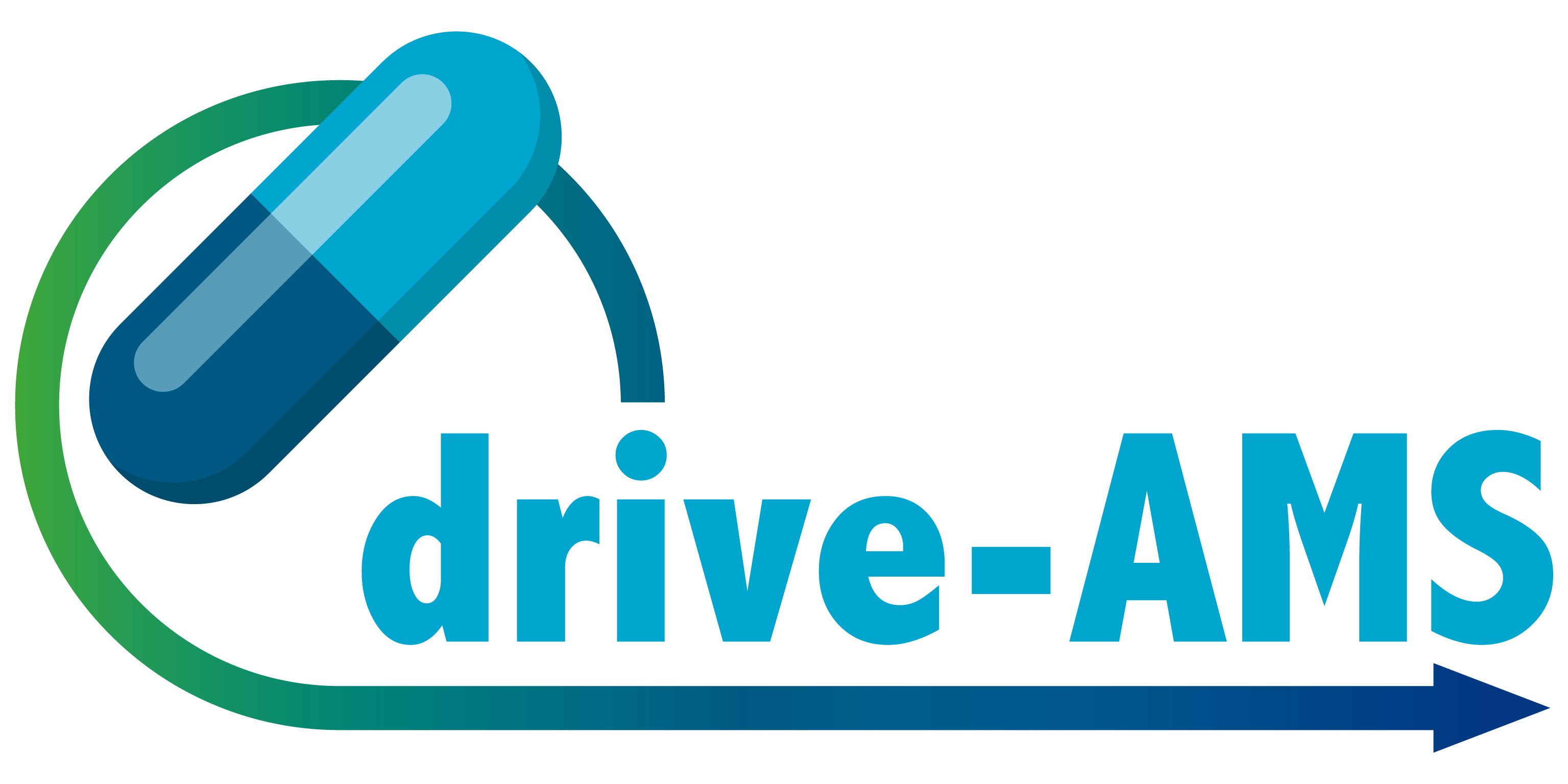Can you introduce yourself and your role within the drive-AMS project in Portugal?
I’m an infectious diseases specialist and so far, I have worked in three different institutions. During the first few years, I stayed in a tertiary care hospital, Centro Hospitalar e Universitário de São João in Oporto, where my main activity was antimicrobial stewardship (AMS). Since then, I have moved to a smaller hospital Centro Hospitalar de Tâmega e Sousa in Penafiel, where I do AMS activities part time, and I also do AMS consulting in another hospital part-time. This has been my main focus since the last years of my specialty.
In 2022, I was invited to be part of drive-AMS as a representative for Centro Hospitalar de Tâmega e Sousa, my current institution, because I have experience with Point Prevalence Survey (PPS) methodology, besides my background in stewardship. The experience I had with PPS included creating a local form that combined some aspects of WHO methodology but simplified. I also added some elements of appropriateness that were lacking in my opinion, using the classification that I learned in Hospital Virgen Macarena, in Seville.
How are you conducting antimicrobial stewardship in your hospitals?
Back when I was in Centro Hospitalar e Universitário de São João, and when the program was kick-started nationally, carrying out interventions directed at broad spectrum antibiotics was much needed. At the time, we started with restrictive interventions for quicker results. With time, collaborative interventions were also implemented. Clinical meetings were organised and it was decided to tackle antimicrobial prescriptions in particular departments. For example, I worked in the cardiothoracic department, where I built beautiful relationships because my colleagues were very collaborative and they trusted me, but they were also very dependent on me. However, this general approach wasn’t particularly driven by objectives or with a behavioural component to it. It was a more supportive approach.
Interestingly, a similar process had happened in my current institution. Even the decision of which department to begin with was empirically based. It was difficult to measure successes and there was no end-point to interventions.
I introduced the PPS because we needed to determine which department to tackle first more objectively. That was, for me, the beginning of the data based process and why I think drive-AMS can bring forth a positive and data oriented change.
Can you give some concrete examples of your AMS activities?
In my current institution, we have an antibiotic formulary with restricted antibiotics and we do a post-validation of prescriptions for the entire hospital.
I’m also responsible for the bacteremia program for Staphylococcus aureus, which includes bedside consultation and follow-up until treatment is done. Within this program, we have been carrying out different interventions over the last year, trying to reach the patient with midterm culture results, rather than awaiting the definitive results. In this way, we can optimise antimicrobial therapy, diagnostics and source control sooner rather than later. It has been going well. I measure 6 different quality indicators that are more or less consensual in the literature and each one is met more than 70% of the times, so there is still room for improvement.
Right now, a big activity is of course the drive-AMS project. The intervention I do is focussed on the cephalosporin use in community-acquired pneumonia in the internal medicine department. And I also do patient meetings once a week in the surgical department for hepatobiliary infections.
Can you share some (personal) stories of how AMR affected patients?
I only had two cases in my career where I had no treatment options left. The most extreme example was a patient who had an infection in his knee prosthetic and we had to amputate because there were no drugs to treat the infection. That is of course the worst case scenario for any clinical doctor and it really puts into perspective what are the objectives of antimicrobial stewardship.
In your daily work, what are the main challenges or biases you are confronted with when it comes to AMR?
I’m quite privileged, because the resistance rates in my institutions are quite good compared to other Portuguese hospitals. I very rarely feel like I have no options left to treat a patient, because that would be my most feared challenge as a clinical doctor. The problem that AMR brings, even if it’s not to that extremity, is that it curtails a lot of options that we could do in terms of interventions in AMS. It can come to a point where you can do very little, when the level of resistance is already very high.
A challenge I have faced recently, specifically while implementing the drive-AMS project, is the impact that some interventions have over time. Namely, if restrictive interventions are implemented widely throughout the hospital without a clear explanation of why it is important and necessary, there will be a cost afterwards. We know that there will always be prescribers more resistant to interventions, but if we implement badly then we will have even more resistance and this results in requiring extra effort to overcome this initial adversity towards the interventions and trying to change it into something collaborative. There will be tension and relationships between doctors can become a bit strained. I can see that this happened in my hospital.
When I look back at the beginning of our AMS, the restrictive measures were definitely necessary because otherwise we would be worse off in terms of AMR. However, we should have moved to more collaborative & integrative approaches sooner.

